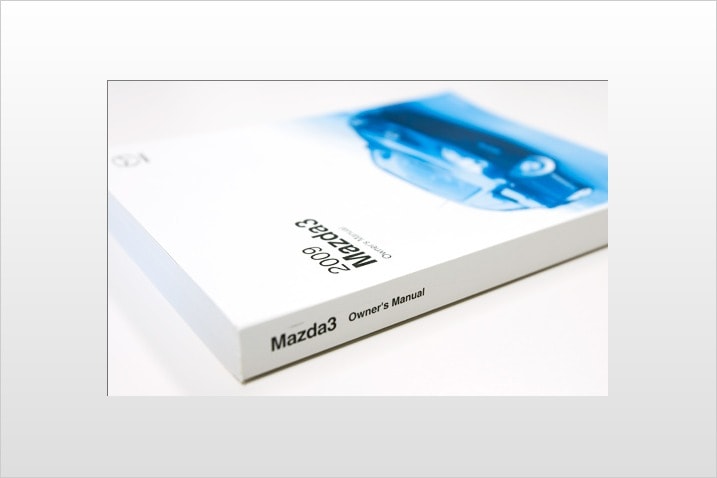Let the Manual Guide You
Oil change information is in the maintenance chapter of your owner's manual. If for some reason you've misplaced your owner's manual, many automakers have put their manuals online. You can also search our Edmunds Maintenance Schedules. We have an extensive maintenance database on vehicles dating back to l980.
In many instances, you'll find that the owner's manual lists two service schedules. These are based on "normal" and "severe" or "special" driving conditions. Read the descriptions carefully to see which schedule reflects how you drive. In our experience, the vast majority of people fall into the normal schedule.
Trust Your Oil Life Monitor
In recent years, a number of automakers have installed oil life monitors of varying complexity in their vehicles. The more basic versions are more maintenance minders than actual systems. They're based on mileage, and switch on a maintenance light when the vehicle hits a predetermined mileage range.
The more advanced oil life monitors, on the other hand, constantly take information from numerous sensors throughout the vehicle and then use a complex algorithm to predict the life of your oil. Based on your driving conditions and habits, the frequency of your oil changes can vary.
These systems take the guesswork out of knowing when your next service is due. Just drive as you normally would and wait until the maintenance light comes on. You'll be surprised to see how far a vehicle can go between oil changes. The hardest part is not letting your preconceived notions of oil change intervals second-guess the monitor.
It's also important to note that these systems are calibrated to work with the factory-recommended oil. They aren't sophisticated enough to recognize that you've upgraded to another blend, so save your money and stick to the factory fill.
Use the Time Estimate
If you have a weekend car or put very low miles on your vehicle, you'll have to change your maintenance strategy a bit. Robert Sutherland, principal scientist at Pennzoil Passenger Car Engine Lubricants, says that over time, oil becomes contaminated by gases that blow by the pistons, and the longer the oil sits with that contamination, the more it degrades.
Whether an automaker uses an oil life monitor or set mileage intervals, all of them also prescribe a maximum time frame for an oil change. For example, the 2010 Toyota Prius has a recommended oil interval of one year or 10,000 miles — whichever comes first. Since some oil life monitors are more sophisticated than others, the vehicles that employ them will have different time recommendations. You'll also find this information in your owner's manual.
Get an Oil Analysis
The issue of what constitutes "normal" versus "severe" driving has long been a point of contention among vehicle owners, mechanics and dealership service departments. All have their own motivations for their recommendations. But the best way to determine how you drive your vehicle is to get your oil analyzed.
An oil analysis will tell you the condition of your oil, and it also can reveal any problems that your engine may be experiencing. Some sample tests can show traces of fuel and coolant in the engine oil, which are early signs of engine problems. When you get your results back from the lab, you'll also get a recommendation on how much further you can go between oil changes.
Extended-Life Oils: It's Safe To Switch
Many oil companies are releasing extended-life oils that are guaranteed for the specific mileage listed on the bottle. Mobil's most advanced fully synthetic product, Mobil 1 Extended Performance, for instance, is guaranteed for 15,000 miles. The company recommends it for vehicles that are beyond their warranty period. This is an important point because many automakers will void your warranty if you do not follow their recommended service intervals.
Owners who change their oil themselves and are looking to extend the time between oil changes can safely switch to a 15,000-mile oil and make a lot fewer trips to the mechanic. They also should switch to a high-mileage oil filter, since the factory filter wasn't designed for extended intervals.
By going to an extended-life product, older vehicles, such as a 1998 Ford Mustang — which calls for oil changes every 5,000 miles — could cut back from three changes per year to just one.
Related Articles:
Stop Changing Your Oil
Oil Life Monitoring Systems


 by
by 
